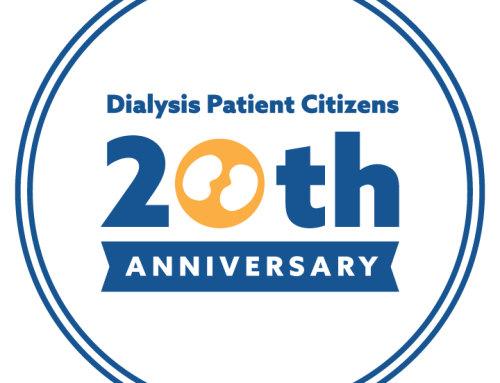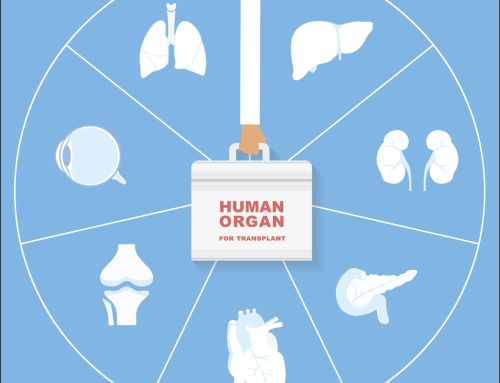On October 30, the Centers for Medicare & Medicaid Services (CMS) issued a final rule to update payment policies and rates under the End-Stage Renal Disease (ESRD) Prospective Payment System (PPS) for renal dialysis services furnished after January 1, 2016. The agency said the “ESRD final rule is one of several rules for calendar year 2016 that reflect a broader Administration-wide strategy to provide quality care at lower cost by improving ways to deliver care, pay providers, and use information.” This final rule also includes changes to the ESRD Quality Incentive Program (QIP) for payment years 2017-2019.
Under the ESRD QIP, facilities that do not achieve a minimum total quality performance score receive a reduction in their payment rates under the ESRD PPS of up to 2 percent.
Payment Changes to the ESRD PPS For 2016
CMS revised case-mix payment adjustments using methodology that DPC and other stakeholders in the kidney community, as well as the Medicare Payment Advisory Committee, believed was faulty. This left the finalized 2016 base rate at $230.39, a reduction of $9.04 from the 2015 base rate of $239.43, but this is not projected to reduce overall payments for dialysis care after adjustments are added for many patients; actual total expenditures should increase by about $10 million.
CMS is also creating a drug designation process for (1) determining when a product would no longer be considered an oral-only drug and (2) including new injectable and intravenous products into the bundled payment under the ESRD PPS.
Changes to the End-Stage Renal Disease Quality Incentive Program
CMS has added a new measure to the program for Payment Year 2019, while removing four measures from the program.
The PY 2017 ESRD QIP measure set contains measures encompassing anemia management, dialysis adequacy, vascular access type, patient experience of care, infections, hospital readmissions, and mineral metabolism. The PY 2018 ESRD QIP measure set contains eleven clinical measures and five reporting measures encompassing anemia management, dialysis adequacy, vascular access type, patient experience of care, infections, mineral metabolism management, safety, pain management, depression management, and hospital readmissions. CMS said “This represents an evolution of the program to encompass more quality-of-life issues.” CMS stated that it would pursue more patient-reported outcome measures as DPC recommended.
CMS is replacing four individual dialysis adequacy clinical measures (Hemodialysis Adequacy: Minimum delivered hemodialysis dose; Peritoneal Dialysis Adequacy: Delivered dose above minimum; Pediatric Hemodialysis Adequacy: Minimum spKt/V; and Pediatric Peritoneal Dialysis Adequacy) with “a single, comprehensive clinical measure (the Dialysis Adequacy clinical measure) covering the patient populations previously captured by these four individual measures.” Click here to read DPC’s previous comment letter.





























